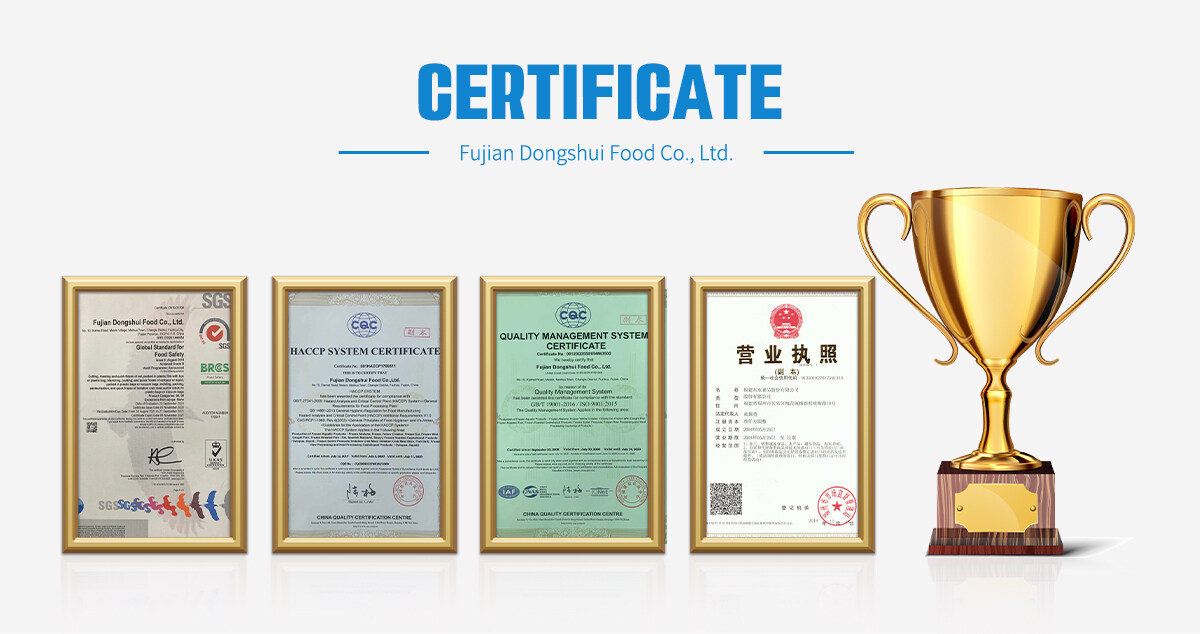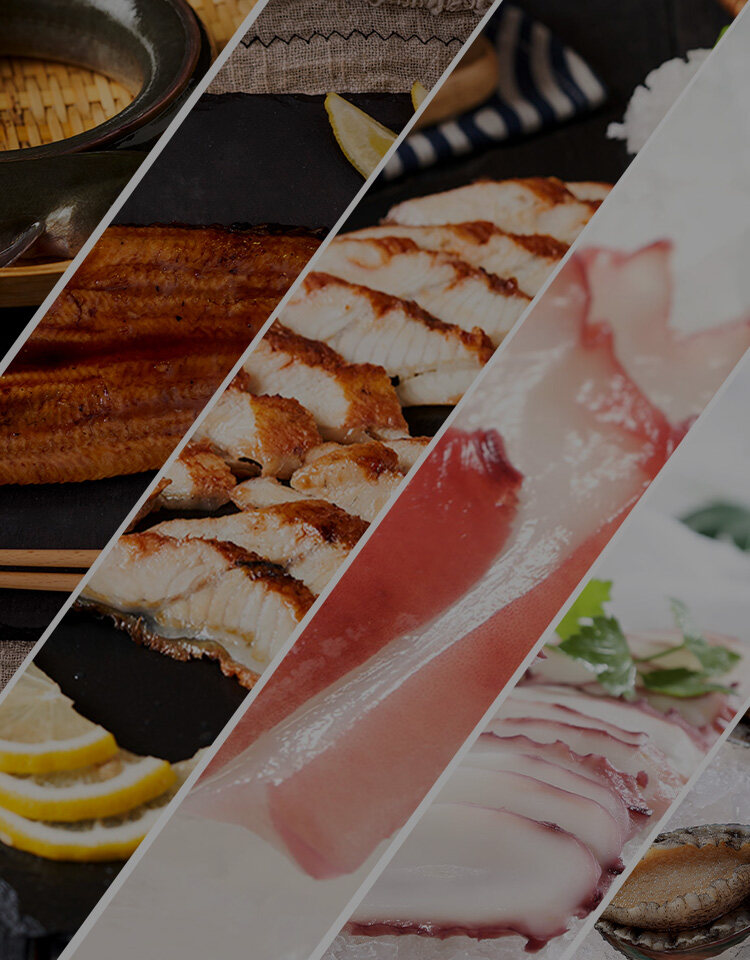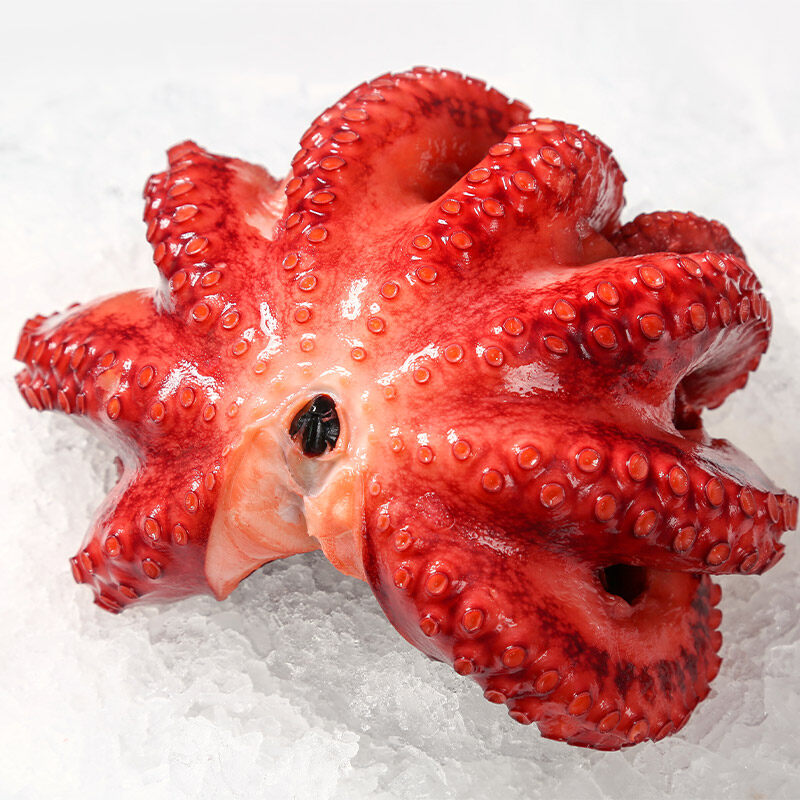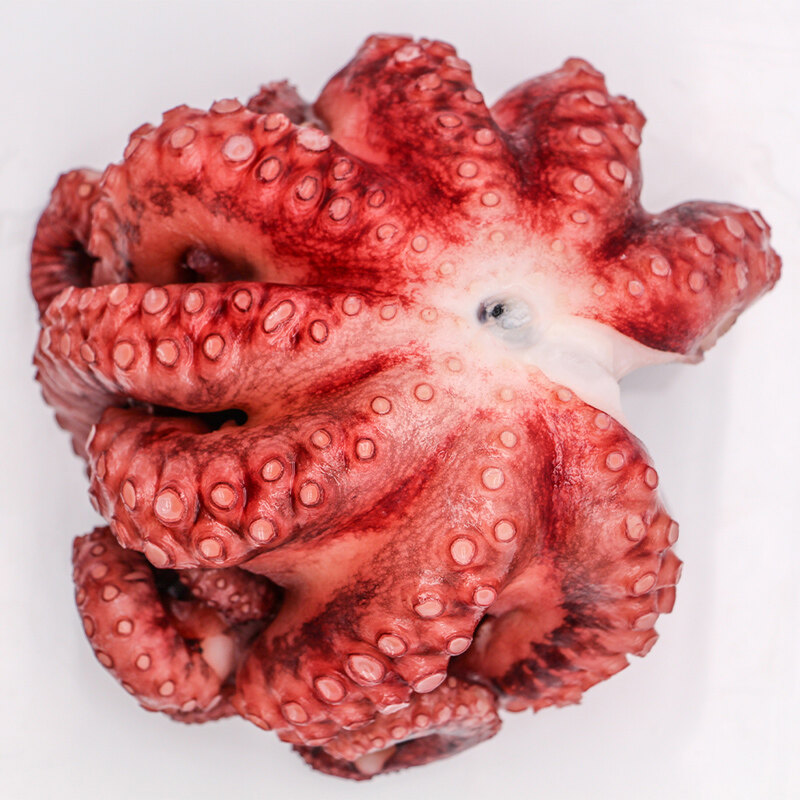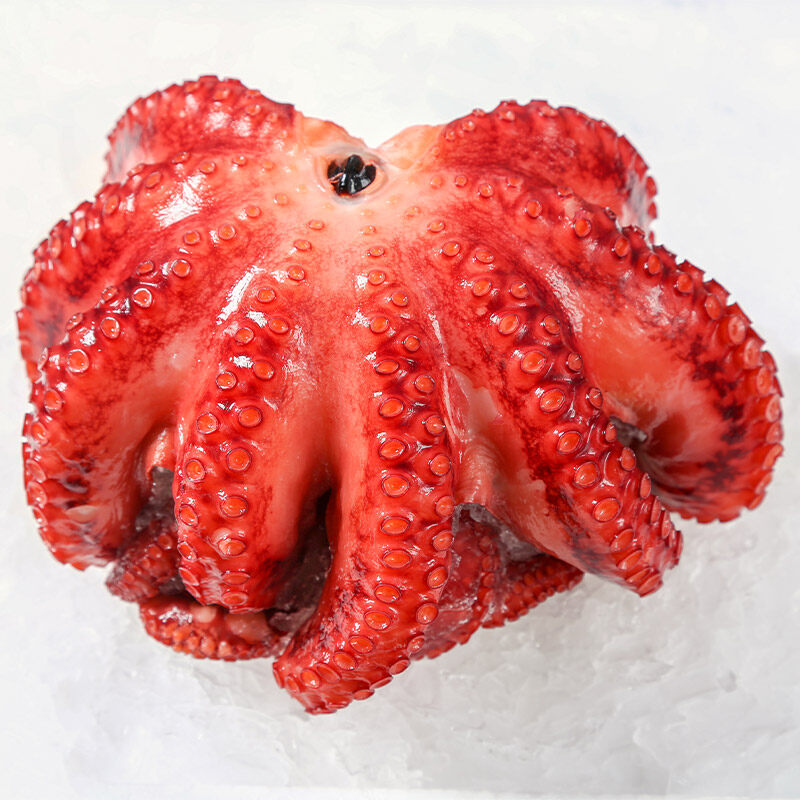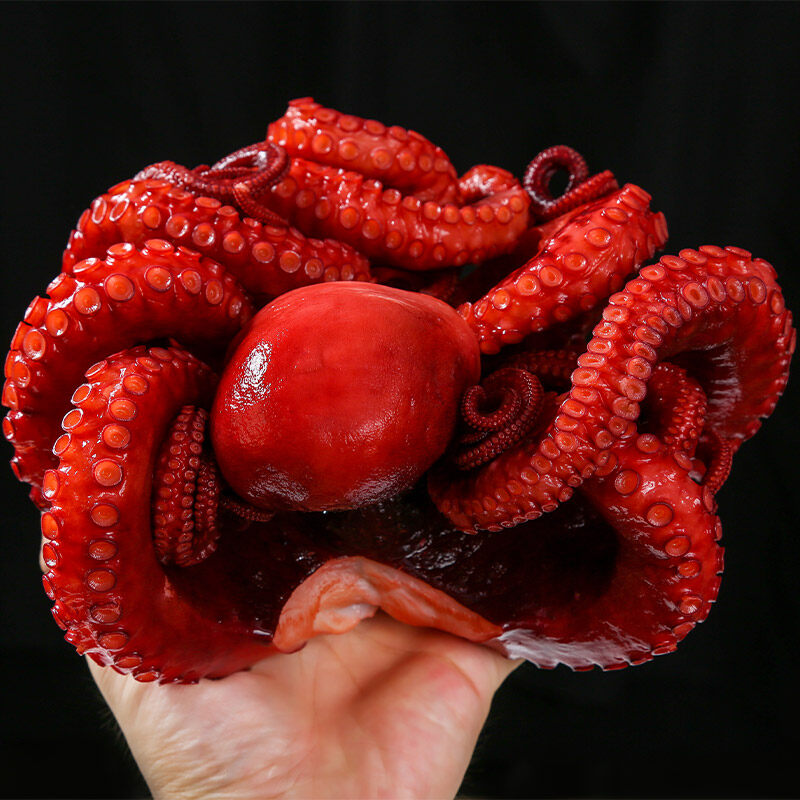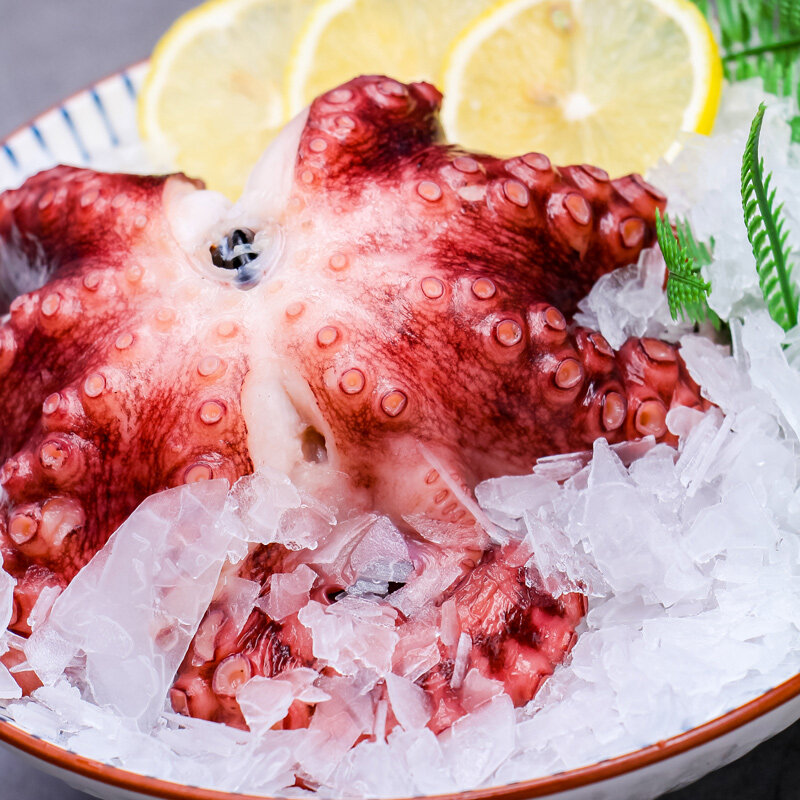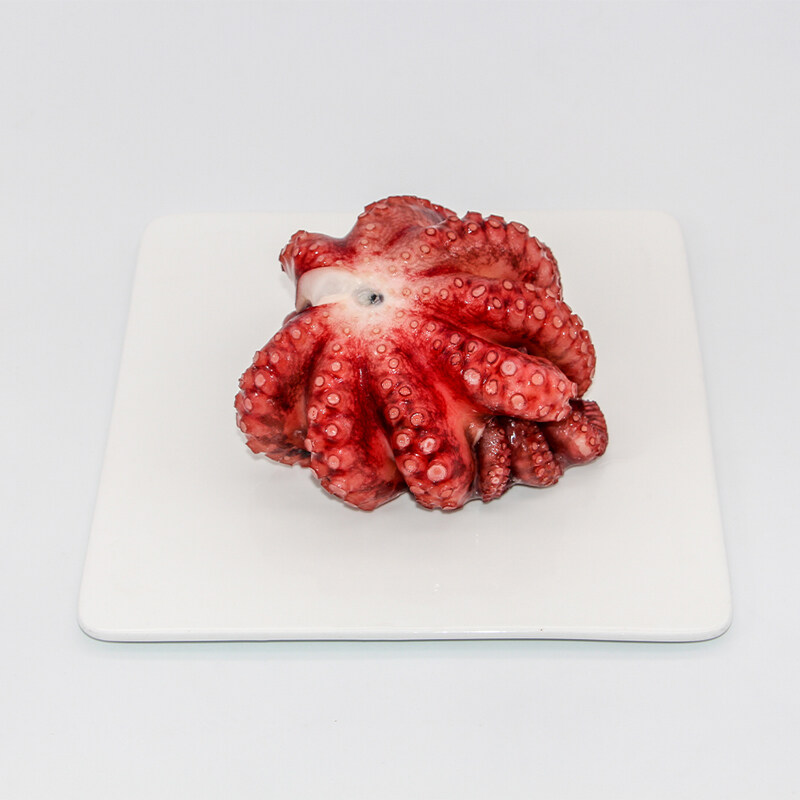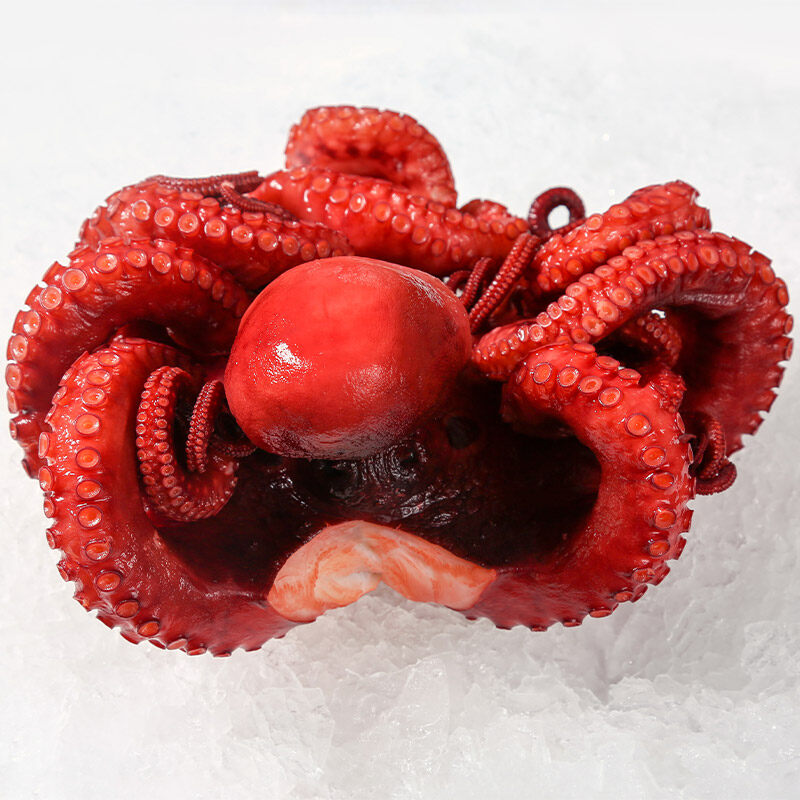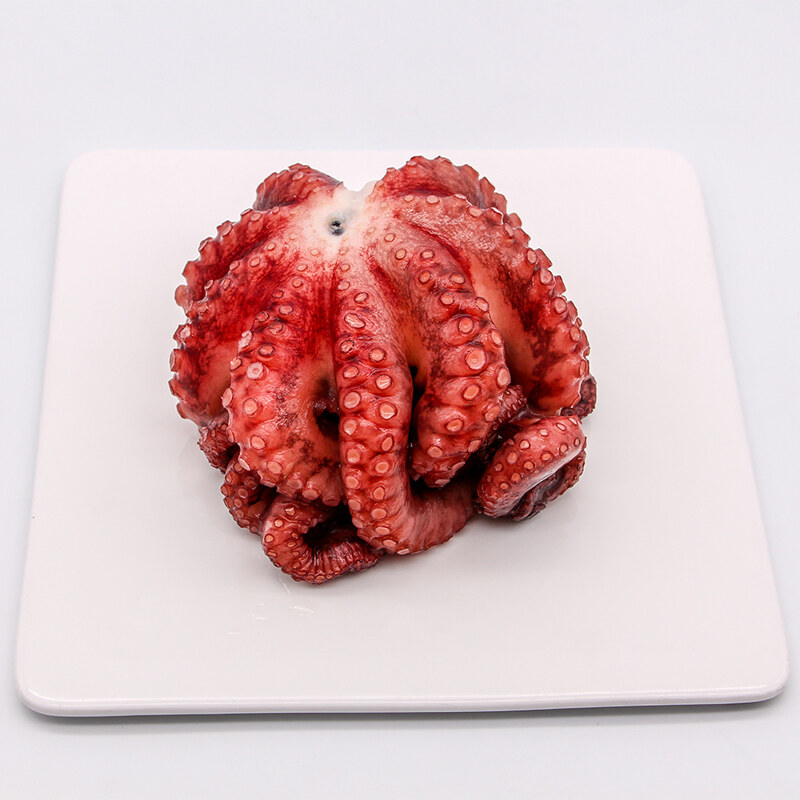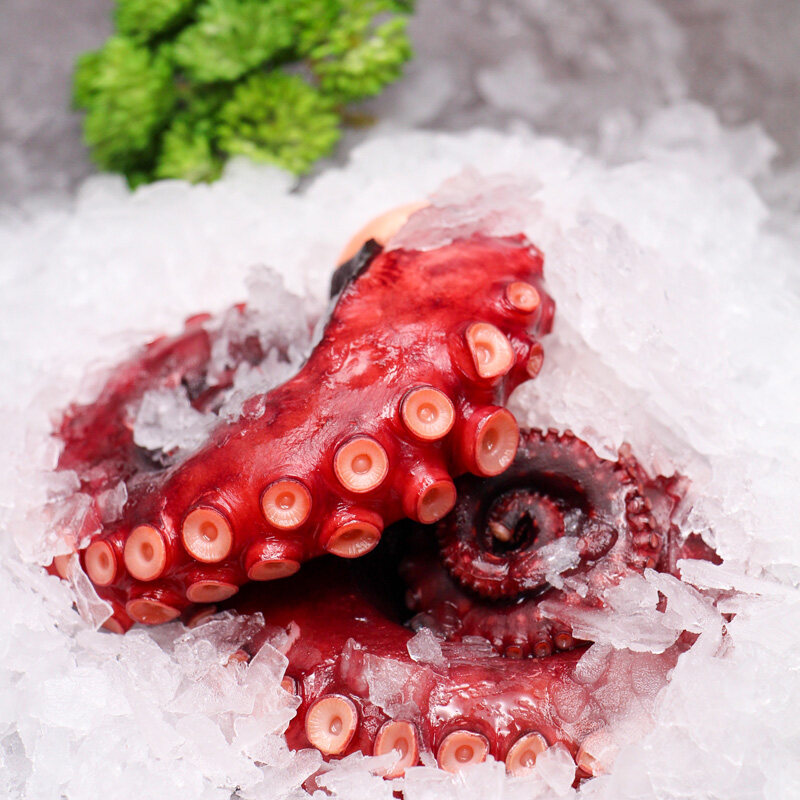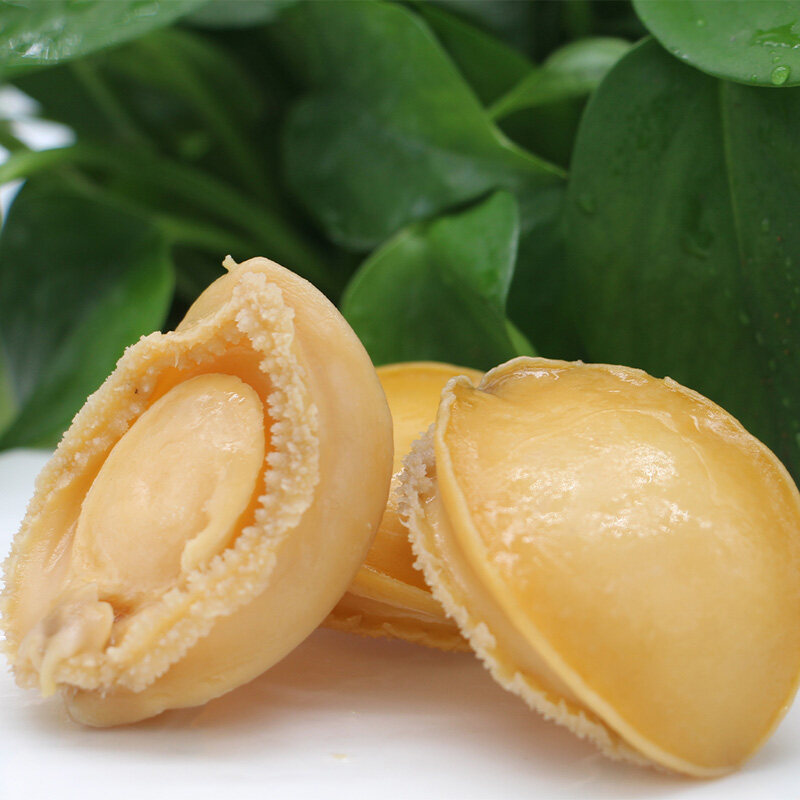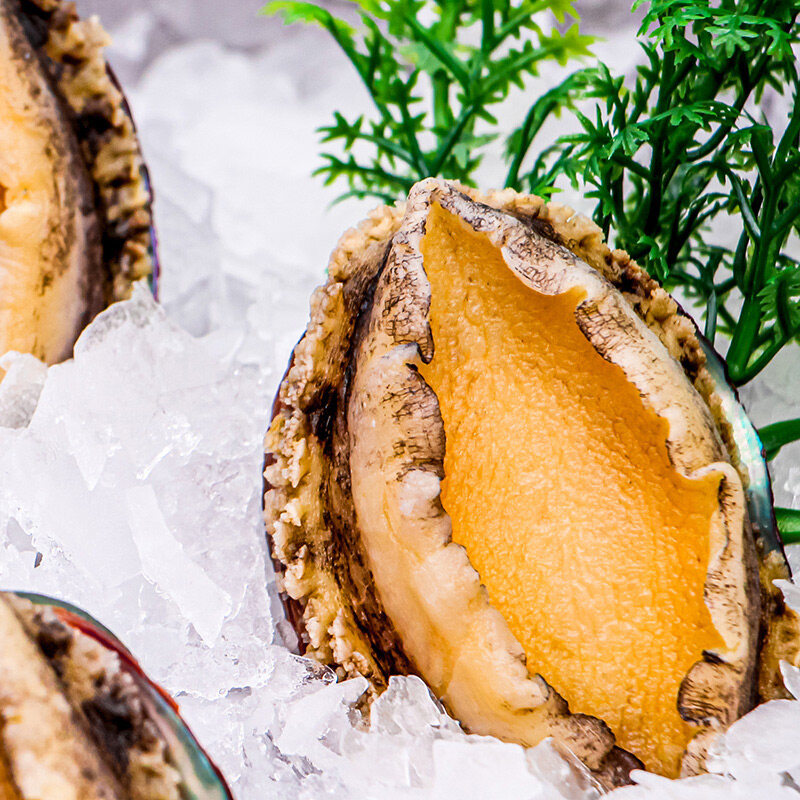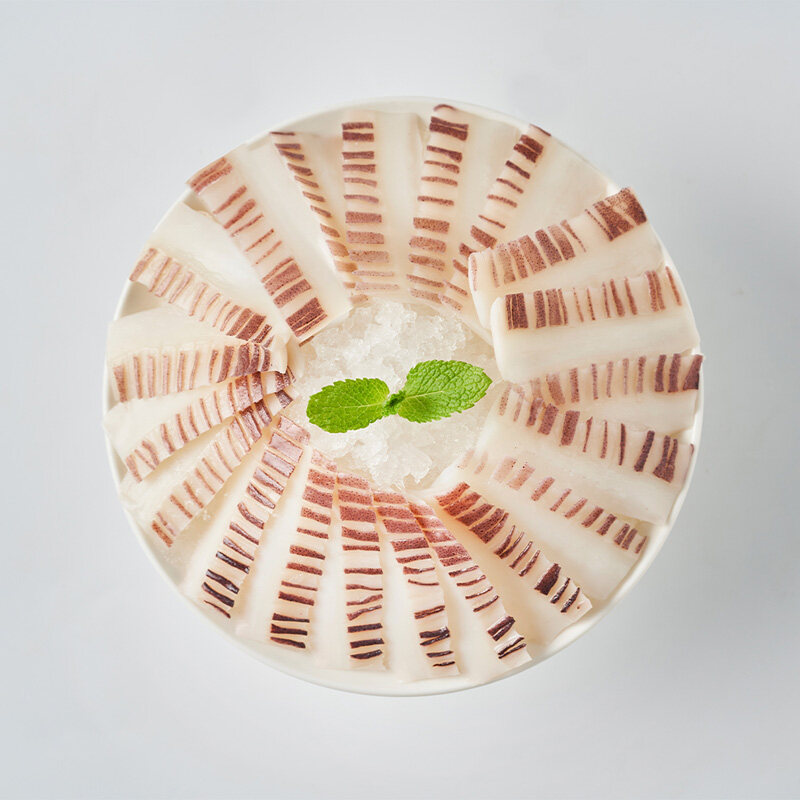Email cannot be empty
Password cannot be empty
Email format error
Email cannot be empty
Email already exists
6-20 characters(letters plus numbers only)
The password is inconsistent
Email format error
Email cannot be empty
Email does not exist
6-20 characters(letters plus numbers only)
The password is inconsistent

Frozen Whole Octopus
Although octopus is a tasty, healthy, and lean fish, it can occasionally be difficult to cook. You may break down the tough muscle fibres and maintain the juiciness of the flesh by tenderising it beforehand and cooking the octopus in its own juices. This produces a moist and tender dish that isn't chewy. Octopus that has been frozen before is not more difficult to prepare than octopus that has just been caught.
Name of Product: Frozen Whole Octopus
Main parameters of Frozen Whole Octopus
Producing Area: Seafood
Varieties: MATAKO、IWATAKO、SHIMATAKO
Size: 6/8g*1kg*10pc
Customized: The size and packing can be according to customer needs
Style: FROZEN
Freezing Process: IQF
N.W. / Glazing: 100%NW, 95%NW, 90%NW, ETC., as per customers' needs.
Package: bulk pack, 10kgs/CTN
Store Direction: under -18ºC
Shelf Life: 24 Months
Certification: ISO,BRC,HACCP
Origin: China
Loading port: Fuzhou, China
Delivery Time: 30 days according to order quantity
Payment term: 30%TT advance, balance against copy of BL
Documents: Bill of lading, health certificate, packing list, commercial invoice, certificate of origin
MOQ: 1 x 20'FCL ,loading around 9000kgs
Production Capacity: 2,000 tons per year
Production Season: whole year
Food Features of Whole Octopus
Protein content: Octopus is an excellent source of lean protein, making it a healthy choice for those looking to increase their protein intake.
Nutrient-dense: Whole octopus is also high in iron, vitamin B12, and other essential nutrients that are important for a healthy diet.
Tender meat: When cooked properly, octopus meat is tender and flavorful, with a slightly chewy texture that is unique to this seafood.
Versatile: Whole octopus can be prepared and served in many different ways, including grilling, boiling, frying, and braising.
Seafood flavor: Octopus has a subtle, seafood flavor that pairs well with a variety of other ingredients, such as garlic, lemon, and herbs.
Nutritional Value of Frozen Whole Octopus
Outlines the nutritional value of Frozen Whole Octopus per 100 grams:
|
Nutrient |
Amount per 100g |
|
Calories |
82 kcal |
|
Protein |
16 g |
|
Fat |
1 g |
|
Carbohydrates |
2 g |
|
Fiber |
0 g |
|
Sugar |
0 g |
|
Sodium |
160 mg |
|
Cholesterol |
48 mg |
|
Iron |
2.2 mg |
|
Calcium |
10 mg |
Note: the nutritional value of Frozen Whole Octopus can vary slightly depending on the species and how it's prepared.
Several Cooking Methods for Whole Octopus
Grilling: Grilling is another preferred method for cooking whole octopus in many cultures. The octopus is first par-boiled to tenderize it before being marinated with olive oil, lemon juice, and salt. It is then grilled over charcoal to develop a smoky flavor and a crispy exterior.
Braising: Braising is a slower cooking method that allows the octopus to become tender and absorb flavors. The octopus is marinated with wine, aromatics, and spices, then cooked in a flavorful broth for an hour or more until tender.
Sous vide: Sous vide cooking method produces consistently tender and juicy octopus. The octopus is first vacuum-sealed with aromatics and spices then cooked in a precisely controlled water bath.
Curing: Curing with salt or sugar is a popular cooking method for octopus in Asian cuisine. The octopus is cleaned and rubbed with salt or sugar and then left to cure for several hours or several days. This technique not only tenderizes the octopus but also enhances its flavor.
For those interested in wholesale seafood, including octopus, please don't hesitate to contact us for competitive pricing and exceptional service for high-quality products.
Thaw the octopus by placing the frozen meat in a large bowl and covering the bowl with a wet paper towel to lock in moisture. Let the bowl sit in the refrigerator all day or until the octopus is completely thawed.
Mix a handful of kosher salt into a large bowl of cool water, using enough water to cover the octopus. Place the octopus in the bowl, and refrigerate the octopus in the brine for five hours to break down muscle tissue.
Bring a large pot of water to a boil, and blanch the octopus by dipping the entire octopus in the simmering water for about 3 seconds. Repeat the dipping process three times.
Braise the octopus slowly at low heat to improve the tenderness of the meat. Place the octopus in a large pot covered with any braising liquid, from water to red wine. Alternatively, place the octopus in a dry pot and allow the fish to cook in its juices. In either case, place the pot in an oven preheated to 200 degrees F and braise the meat for four or five hours.
Remove the octopus from the oven as soon as it is done to avoid overcooking, which can lead to toughness. Check for doneness by poking a sharp knife tip into the meat. Pull the octopus from the pot when the knife tip meats slight resistance.
